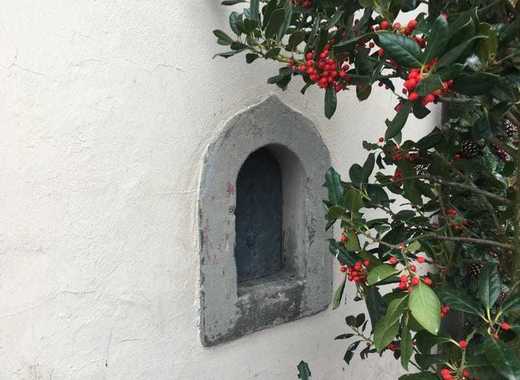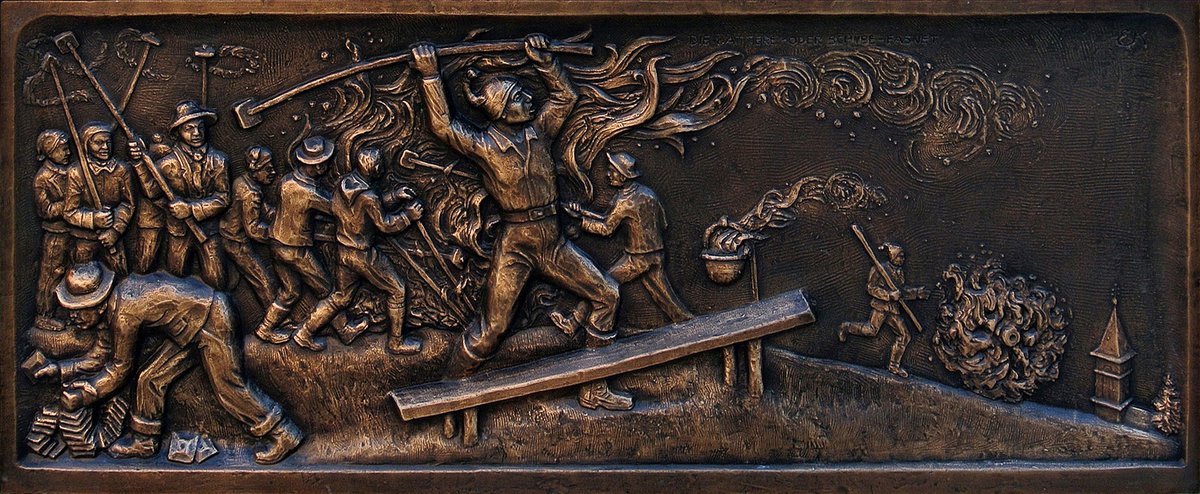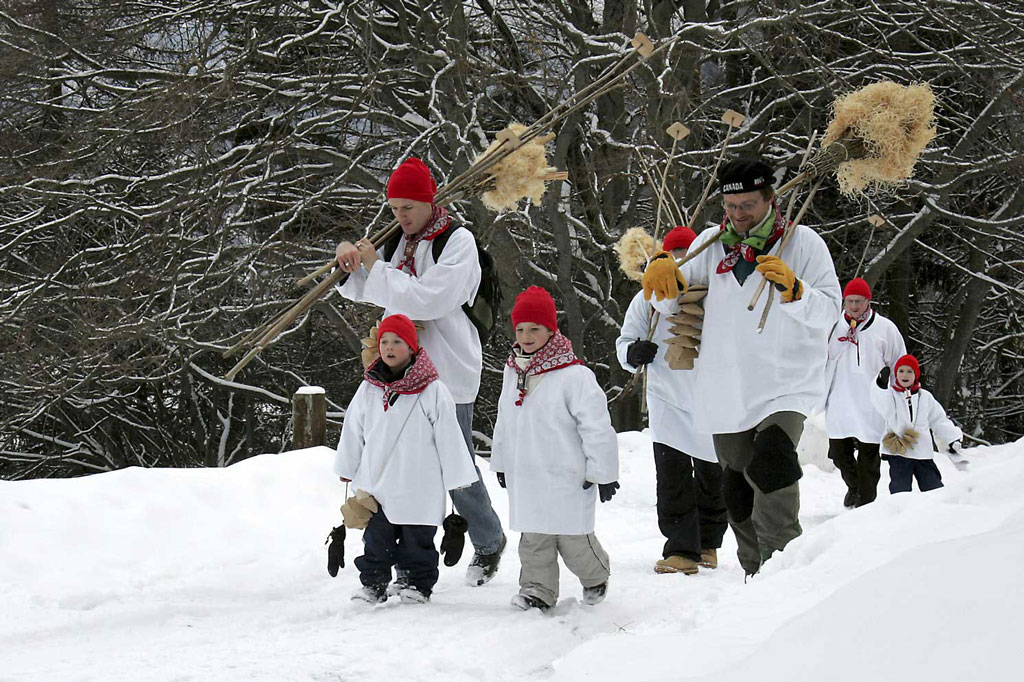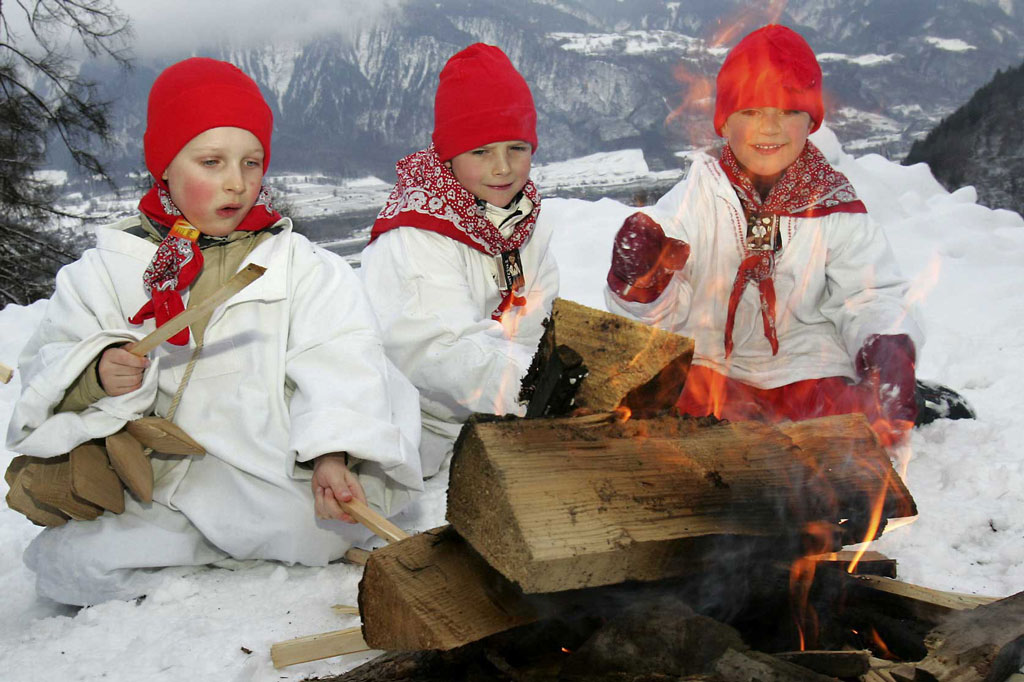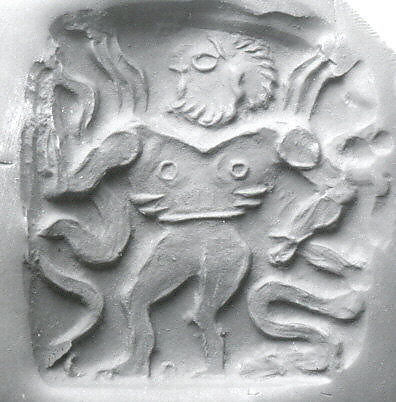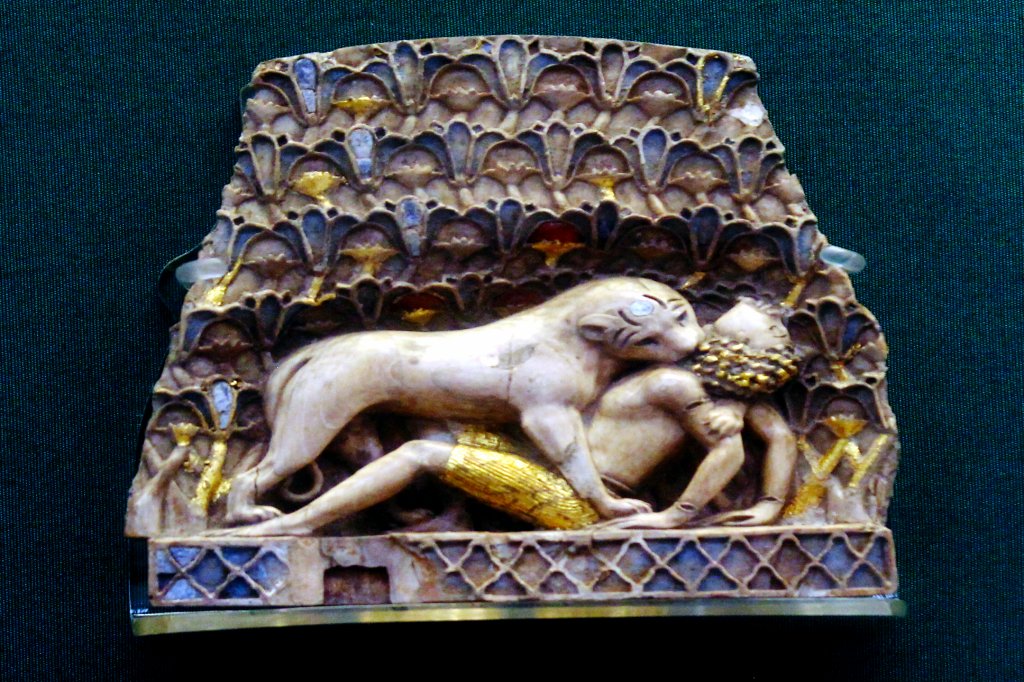
Thread: These strange looking things are "yeast logs", also known as "magic sticks". A "yeast log" is a piece of brewing equipment, unique to Scandinavia used to store live yeast between two brewing sessions... 
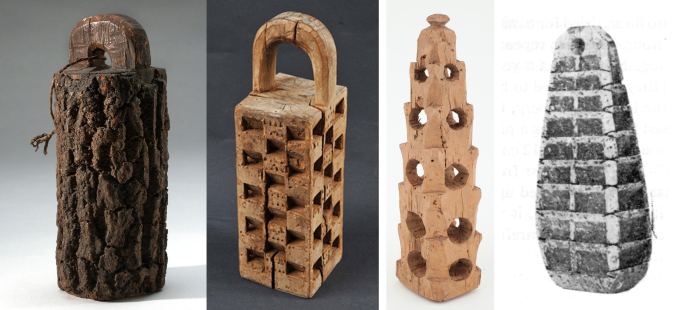
The log was lowered into the fermentation vat to catch the yeast that formed foam on top. Then the log was pulled out, rolled in flour, dried for a few minutes, dipped again and this process was repeated a few times. When properly covered in yeasty paste, the log was hung to dry.
Whenever brewers needed fresh yeast, they would place the "yeast log" into a covered vessel amongst two or three pints of luke-warm wort, and in two hours thereafter they would have fresh barm fit for immediate use...
Another traditional piece of brewing equipment, most often found in Sweden and Denmark, and to me even cooler than the "yeast log", is the "yeast ring". The "yeast rings" were wreaths made from straw, braided bark, small pieces of whittled wood and even animal vertebrae... 

"Yeast ring" was lowered into the brewing vat for few hours. It was then pulled out, dried with the yeast sludge that got stuck on it, and hanged in a cool place until the next time the brewer needed the fresh yeast. The "yeast ring" was then submerged into luke-warm wort...
The "yeast ring" was sometimes hang in front of the brewery (pub) as a sign that the brew on the premisses was made fresh. Pic: "Yeast ring, hanging outside the brewery" from "Historia de Gentibus Septentrionalibus" (1555, p.445) by Olaus Magnus 

More about these amazing objects and their use as well as about everything "medieval mead and beer" can be found on this great blog by Susan Verberg, dedicated to the "experimental brewing with Medieval flair"...
medievalmeadandbeer.wordpress.com/2019/05/04/sca…
medievalmeadandbeer.wordpress.com/2019/05/04/sca…
For those interested in even older ale brewing techniques, those possibly used in Bronze Age Ireland, have a look at this article: oldeuropeanculture.blogspot.com/2016/12/fulach…
• • •
Missing some Tweet in this thread? You can try to
force a refresh


